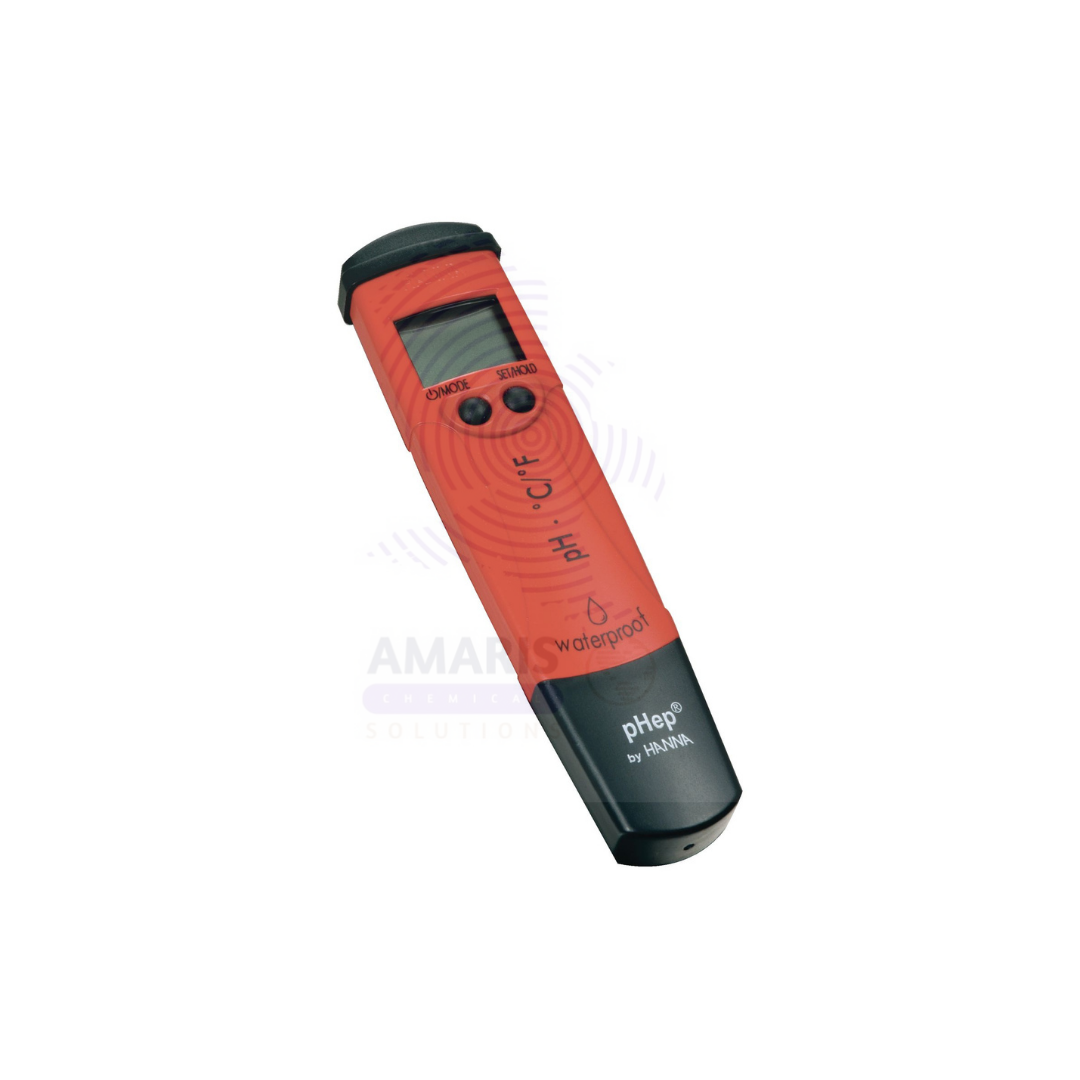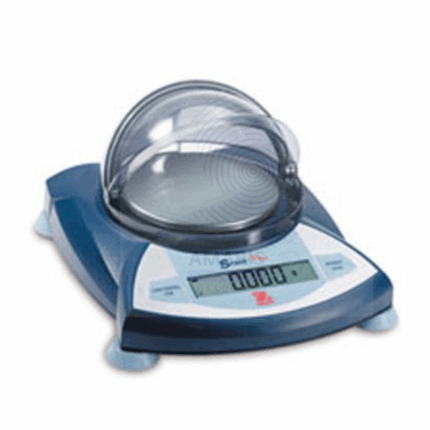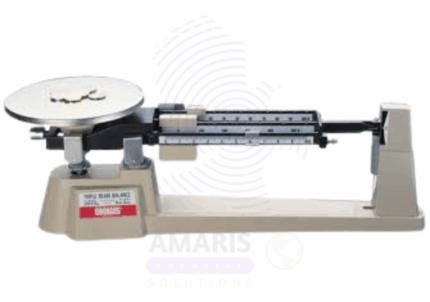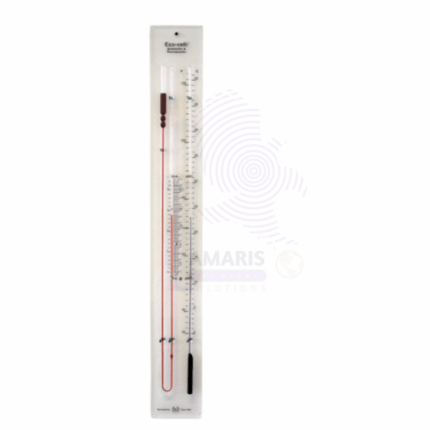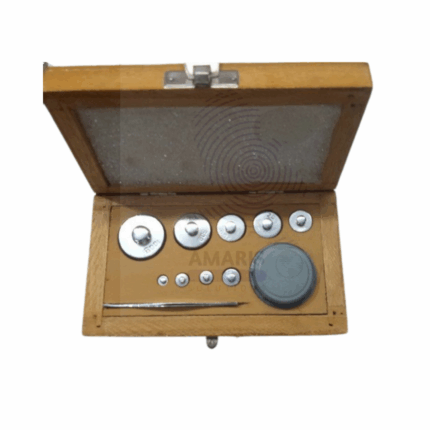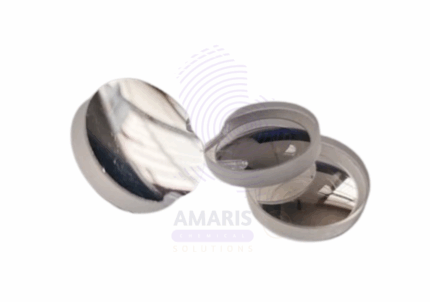
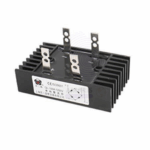
Digital pH Meter
$ 27.22 Original price was: $ 27.22.$ 27.09Current price is: $ 27.09.
A Digital pH Meter is a high-precision instrument designed to measure the acidity or alkalinity of liquid samples with accuracy and ease. Utilizing an electrode and electronic circuitry, it measures the voltage difference caused by hydrogen ion activity in a solution and converts it into a pH value displayed digitally. These devices are available in various formats—handheld, benchtop, waterproof, or pen-style—and often include advanced features such as automatic temperature compensation (ATC), backlit displays, auto-calibration, and data logging capabilities. Digital pH meters are vital tools across laboratories, environmental monitoring setups, industrial production lines, agricultural operations, food and beverage manufacturing, and water treatment facilities. They ensure reliable pH readings for maintaining chemical balance, compliance, and product quality in numerous applications.
Digital pH Meter
Primary Uses
- Laboratory and Analytical Applications
- Accurate pH measurement of chemicals, buffers, and biological solutions.
- Used in titration and analytical chemistry procedures.
- Essential in preparing culture media and reagents in microbiology and molecular biology.
- Measures pH for quality control in pharmaceutical and chemical manufacturing.
- Utilized in calibration and verification of laboratory equipment and reagents.
- Monitors pH shifts in bioreactors and fermentation systems in research labs.
- Applied in forensic laboratories to analyze bodily fluids and materials.
- Ensures standardization in education and training labs for chemistry and biology students.
Secondary Uses
- Industrial, Environmental, Agricultural, and Consumer Applications
- Critical in monitoring wastewater pH in environmental labs and treatment plants.
- Used in swimming pools, aquariums, and aquaculture for maintaining optimal water chemistry.
- Employed in agriculture for testing soil, irrigation water, and hydroponic nutrient solutions.
- Ensures correct pH levels in cosmetics and personal care formulation testing.
- Used in brewing, dairy, meat processing, and beverage production to control pH-dependent processes.
- Applied in metal finishing, electroplating, and industrial chemical production.
- Utilized in educational field kits for environmental science and water quality education.
- Assists in developing and testing household and commercial cleaning products.
1.Basic Identification Attributes
- Display: Digital LCD or LED with high-contrast, often backlit for readability in low light.
- Power Supply: Battery-operated (standard or rechargeable) or mains-powered for benchtop models.
- Measurement Range: Commonly 0 to 14 pH units.
- Form Factors: Pen-style, portable handheld, or fixed benchtop configurations.
- Connectivity: Some models offer USB, Bluetooth, or Wi-Fi data export.
2.Physical & Chemical Properties
- Accuracy: High precision—typically ±0.01 to ±0.1 pH depending on the model.
- Resolution: Up to 0.01 pH units.
- Calibration: Manual or automatic 1–3 point calibration with standard buffer solutions.
- Electrode Types: Replaceable or fixed glass bulb or ISFET (solid state) electrodes.
- Temperature Compensation: Automatic or manual, usually between 0–100°C.
- Casing: Often made from ABS or polycarbonate; some are IP67 waterproof rated.
- Environmental Tolerance: Operates well in ambient lab or field conditions.
3.Safety & Hazard Attributes
- Device itself poses minimal hazard—electrical safety applies (avoid contact with water in non-waterproof models).
- Electrodes may be fragile; glass probes can break and require proper disposal.
- Calibration and testing should avoid cross-contamination or exposure to hazardous chemicals.
- When used with aggressive chemicals, users must follow chemical safety protocols.
4.Storage & Handling Attributes
- Store in a dry, temperature-controlled environment.
- Keep electrodes moist in proper storage solution when not in use to preserve sensitivity.
- Clean electrodes with appropriate cleaning solutions based on sample type.
- Avoid mechanical shock, especially to glass probe models.
- Rinse probe with distilled water between uses to prevent residue buildup.
- Replace probes periodically depending on frequency and type of usage.
5.Regulatory & Compliance Attributes
- Manufactured in compliance with ISO 9001 and other quality assurance systems.
- Conforms to laboratory equipment standards for GLP and GMP settings.
- CE-marked and/or RoHS compliant models available depending on manufacturer.
- Suitable for regulated use in pharmaceutical, food, water testing, and academic settings.
6.Environmental & Health Impact
- Electronic device with minimal environmental emissions during use.
- Reusable, long-lasting tool reduces waste compared to disposable test strips.
- Proper disposal of electronic components and batteries required to reduce e-waste.
- Promotes environmentally responsible handling of chemicals through accurate pH control.
Safety Handling Precautions
- Use protective gloves and eyewear when measuring corrosive or hazardous liquids.
- Ensure correct electrode care to prevent malfunction or inaccurate readings.
- Disconnect and store safely when not in use to avoid electrical damage.
- Follow user manual and manufacturer’s safety guidelines during calibration and cleaning.
First Aid Measures
- Not applicable to meter directly. If injury occurs while handling solutions:
- For skin or eye contact with test liquids: Rinse immediately and seek medical attention.
- For probe breakage: Handle glass with care; clean and bandage cuts as needed.
- For exposure to buffer/calibration solutions: Refer to SDS of specific solution used.
Firefighting Measures
- Non-flammable device; poses no combustion risk.
- In case of fire involving device, use dry chemical or CO₂ extinguishers for electronic equipment.
- Isolate battery-operated units from heat sources.


 Preservatives(food)
Preservatives(food) Flavor Enhancers
Flavor Enhancers Acidulants
Acidulants Sweeteners
Sweeteners Antioxidants
Antioxidants Colorants(food)
Colorants(food) Nutraceutical Ingredients (food)
Nutraceutical Ingredients (food) Nutrient Supplements
Nutrient Supplements Emulsifiers
Emulsifiers
 Collectors
Collectors Dust Suppressants
Dust Suppressants Explosives and Blasting Agents
Explosives and Blasting Agents Flocculants and Coagulants
Flocculants and Coagulants Frothers
Frothers Leaching Agents
Leaching Agents pH Modifiers
pH Modifiers Precious Metal Extraction Agents
Precious Metal Extraction Agents
 Antioxidants(plastic)
Antioxidants(plastic) Colorants (Pigments, Dyes)
Colorants (Pigments, Dyes) Fillers and Reinforcements
Fillers and Reinforcements Flame Retardants
Flame Retardants Monomers
Monomers Plasticizers
Plasticizers Polymerization Initiators
Polymerization Initiators Stabilizers (UV, Heat)
Stabilizers (UV, Heat)
 Antifoaming Agents
Antifoaming Agents Chelating Agents
Chelating Agents Coagulants and Flocculants
Coagulants and Flocculants Corrosion Inhibitors
Corrosion Inhibitors Disinfectants and Biocides
Disinfectants and Biocides Oxidizing Agents
Oxidizing Agents pH Adjusters
pH Adjusters Scale Inhibitors( water)
Scale Inhibitors( water)
 Antioxidants(cosmetic)
Antioxidants(cosmetic) Emollients
Emollients Fragrances and Essential Oils
Fragrances and Essential Oils Humectants
Humectants Preservatives
Preservatives Surfactants(cosmetic)
Surfactants(cosmetic) Thickeners
Thickeners UV Filters
UV Filters
 Fertilizers
Fertilizers Soil Conditioners
Soil Conditioners Plant Growth Regulators
Plant Growth Regulators Animal Feed Additives
Animal Feed Additives Biostimulants
Biostimulants Pesticides (Herbicides, Insecticides, Fungicides)
Pesticides (Herbicides, Insecticides, Fungicides)
 Active Pharmaceutical Ingredients (APIs)
Active Pharmaceutical Ingredients (APIs) Excipients
Excipients Solvents(pharmaceutical)
Solvents(pharmaceutical) Antibiotics
Antibiotics Antiseptics and Disinfectants
Antiseptics and Disinfectants Vaccine Adjuvants
Vaccine Adjuvants Nutraceutical Ingredients (pharmaceutical)
Nutraceutical Ingredients (pharmaceutical) Analgesics & Antipyretics
Analgesics & Antipyretics
 Analytical Reagents
Analytical Reagents Solvents(lab)
Solvents(lab) Chromatography Chemicals
Chromatography Chemicals Spectroscopy Reagents
Spectroscopy Reagents microbiology-and-cell-culture-reagents
microbiology-and-cell-culture-reagents Molecular Biology Reagents
Molecular Biology Reagents Biochemical Reagents
Biochemical Reagents Inorganic and Organic Standards
Inorganic and Organic Standards Laboratory Safety Chemicals
Laboratory Safety Chemicals Specialty Laboratory Chemicals(Special Laboratory Equipment)
Specialty Laboratory Chemicals(Special Laboratory Equipment)
 Demulsifiers
Demulsifiers Hydraulic Fracturing Fluids
Hydraulic Fracturing Fluids Scale Inhibitors(oil)
Scale Inhibitors(oil) Surfactants(oil)
Surfactants(oil) Drilling Fluids
Drilling Fluids
 Dyes and Pigments
Dyes and Pigments Bleaching Agents
Bleaching Agents Softening Agents
Softening Agents Finishing Agents
Finishing Agents Antistatic Agents
Antistatic Agents
 Admixtures
Admixtures Waterproofing Agents
Waterproofing Agents Sealants and Adhesives
Sealants and Adhesives Curing Compounds
Curing Compounds Concrete Repair Chemicals
Concrete Repair Chemicals Anti-Corrosion Coatings
Anti-Corrosion Coatings
 Surfactants(cleaning)
Surfactants(cleaning) Builders
Builders Enzymes
Enzymes Solvents (Cleaning)
Solvents (Cleaning) Fragrances
Fragrances
 Electronic Chemicals
Electronic Chemicals Catalysts
Catalysts Lubricants
Lubricants Photographic Chemicals
Photographic Chemicals Refrigerants
Refrigerants Automotive chemicals
Automotive chemicals Pyrotechnic Chemicals
Pyrotechnic Chemicals
 Biodegradable Surfactants
Biodegradable Surfactants Bio-based Solvents
Bio-based Solvents Renewable Polymers
Renewable Polymers Carbon Capture Chemicals
Carbon Capture Chemicals Wastewater Treatment Chemicals
Wastewater Treatment Chemicals
 Pigments
Pigments Solvents(paint)
Solvents(paint) Specialty Coatings
Specialty Coatings Binders/Resins
Binders/Resins Additives
Additives Driers
Driers Anti-Corrosion Agents
Anti-Corrosion Agents Functional Coatings
Functional Coatings Application-Specific Coatings
Application-Specific Coatings
 Fresh Herbs
Fresh Herbs Ground Spices
Ground Spices Whole Spices
Whole Spices Spice Blends
Spice Blends Dried Herbs
Dried Herbs
 Leavening Agents
Leavening Agents Dough Conditioners
Dough Conditioners Flour Treatments
Flour Treatments Fat Replacers
Fat Replacers Decoratives
Decoratives Preservatives(baking)
Preservatives(baking)
 Plasticizers & Softeners
Plasticizers & Softeners Reinforcing Agents
Reinforcing Agents Adhesion Promoters
Adhesion Promoters Vulcanizing Agents
Vulcanizing Agents Antidegradants
Antidegradants Blowing Agents
Blowing Agents Fillers & Extenders
Fillers & Extenders Accelerators & Retarders
Accelerators & Retarders